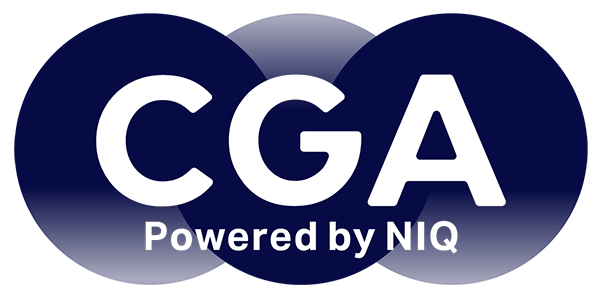
Those are among the takeaways from the first edition of the Night Time Economy Market Monitor, an exclusive new series of reports from CGA by NIQ and the Night Time Industries Association.
It reveals Britain had 2,264 nightclubs, late-night bars and casinos at December 2024—2.8% fewer than at the end of 2023, and 25.2% down on the pre-COVID level of March 2020. Nightclubs have borne the brunt of these closures, and their numbers have dropped 33.2%. It follows the seismic impacts that COVID lockdowns, high inflation and pressure on consumer spending have all had on late-night businesses in the last five years.
However, venues in the wider evening economy, which also includes sites where evenings form a major part of trading, rose by 3.9% to 16,004 in 2024—equivalent to around 12 net new openings every week. This partly reflects the success of bars, which rose 5.4% in just 12 months. There was particularly sharp growth in themed bars (up 24.4%), cocktail bars (up 17.4%) and craft bars (up 14.3%). Venues offering competitive socialising and other interactive experiences have been among the fastest growing of any hospitality channel in recent years.
The Night Time Economy Market Monitor from CGA and NTIA delivers many more insights into Britain’s hospitality sector. It highlights the vibrancy of northern British cities including Liverpool, Glasgow, Edinburgh and Leeds, where the number of late-night venues rose by more than 4% in 2024. It also sets out the disproportionate impacts of COVID and inflation on independently-run venues in the evening economy, which have closed at a rate of nearly 4 per week since March 2020—compared to 3.3% growth in numbers for managed groups.
The new Monitor features additional findings from CGA by NIQ’s expert research into hospitality sales and consumers’ habits and preferences, and the results of a survey of NTIA members. Key trends include:
- Earlier visits to bars, pubs and restaurants. More than two thirds (70%) of NTIA members report falling revenue in post-1am trading, while far fewer (47%) report a drop in the 6pm-to-8pm period.
- Growing demand for experience-led venues. A third (33%) of consumers who go out for high-tempo occasions say they are visiting more of these sites than they were a year ago, while only (19%) are using them less.
- Concerns about trading in 2025 and the impact of new labour costs in the government’s Budget. Only 13% of NTIA members feel optimistic about the market over the next 12 months, while 65% feel pessimistic.
Reuben Pullan, CGA by NIQ’s senior insight consultant, said: “The COVID crisis and relentless pressure on costs have created enormous challenges for hospitality businesses in the last five years, and late-night clubs and bars have been hit hardest of all. However, many other segments have been remarkably resilient, and the growth in new types of venues like competitive socialising bars shows the evening economy isn’t disappearing—it’s just changing. With the right support from government, night-time businesses can power not just hospitality but Britain’s economic growth and job creation.”
Mike Kill, the Night Time Industries Association’s CEO, said: “This new report highlights the resilience and challenges of our sector. With consumer spending reaching £223.5 billion in 2024 and the Night-Time Cultural Economy growing by 3.2%, the importance of live music, late-night venues, and cultural spaces is clear. However, rising operational costs and inflationary pressures are still straining businesses. Employment trends show a vital yet transforming workforce, with significant declines in pub, bar, and licensed club employment, but growth in sporting venues, clubs, and gyms. Targeted support and strategic policy interventions are essential to safeguard the future of this critical pillar of the UK economy.”
The Night Time Economy Market Monitor from CGA by NIQ and Night Time Industries Association provides exclusive quarterly analysis of the night time licensed sector across Britain, with breakdowns of openings and closures by region, channel, tenure and more. Its expert analysis of trends and developments helps operators, suppliers and investors assess opportunities and challenges across the sector. Download the full report here.



 Reuben Pullan
Reuben Pullan Mike Kill
Mike Kill